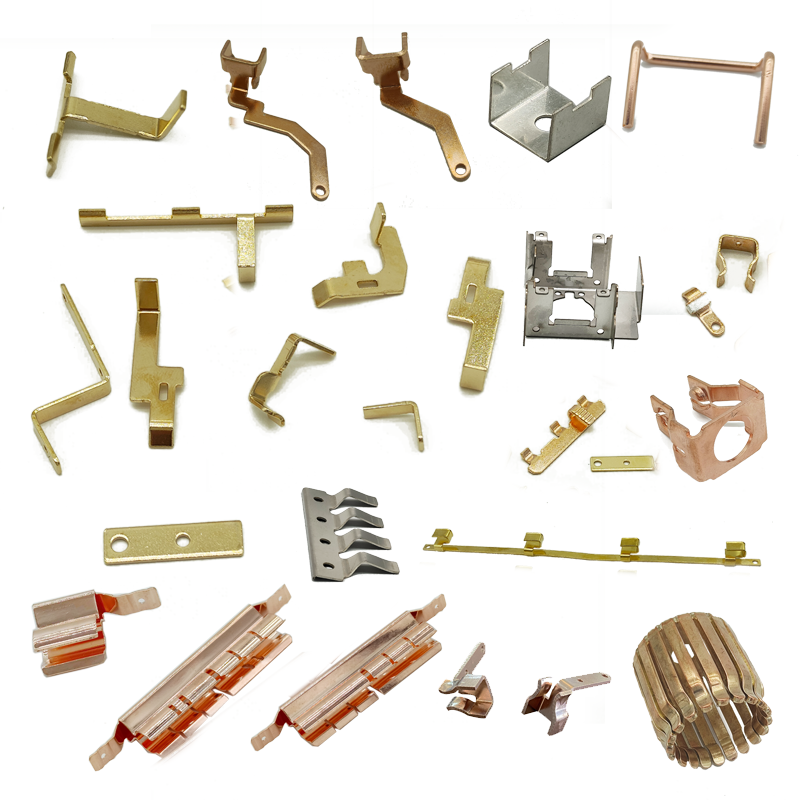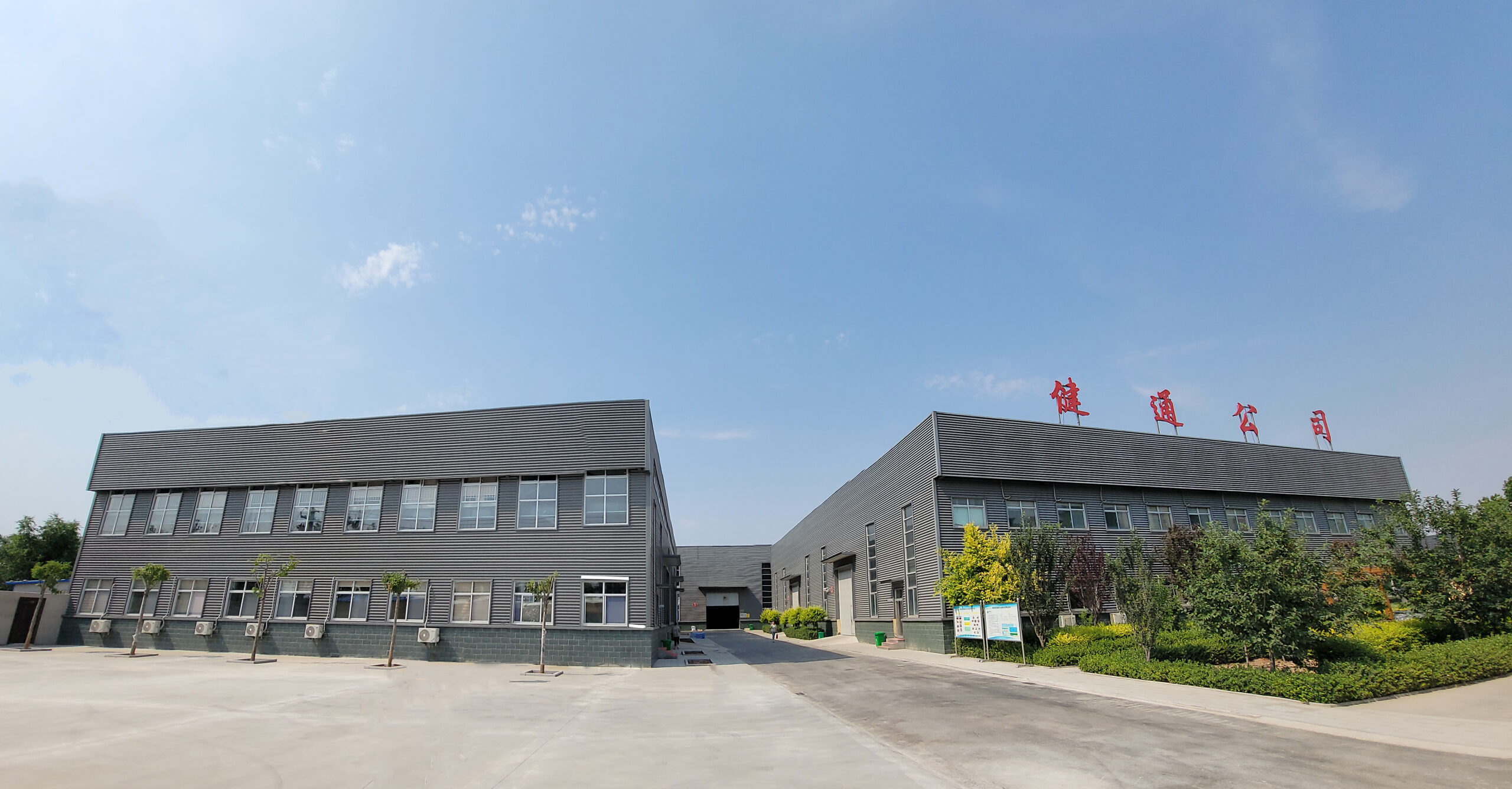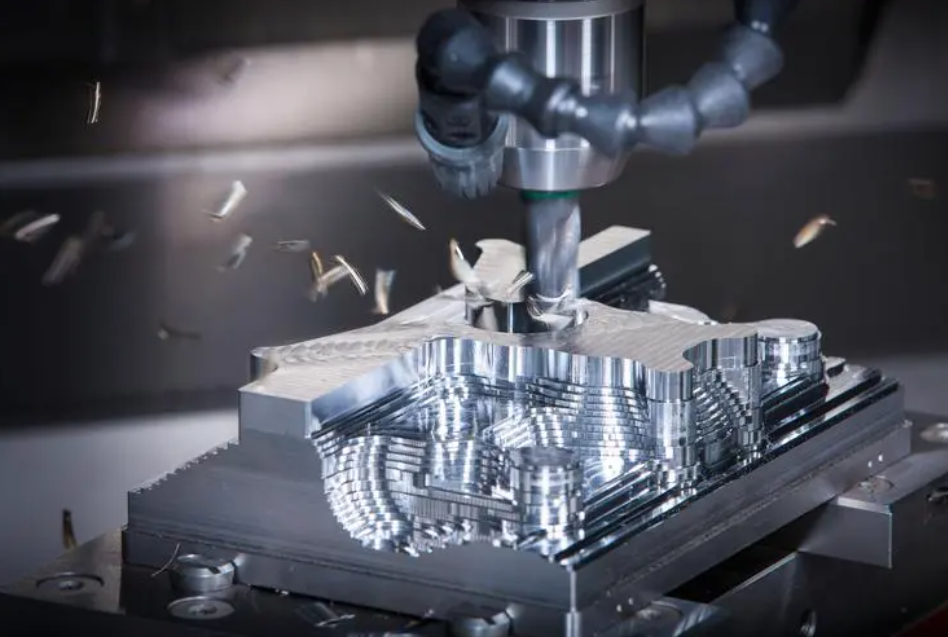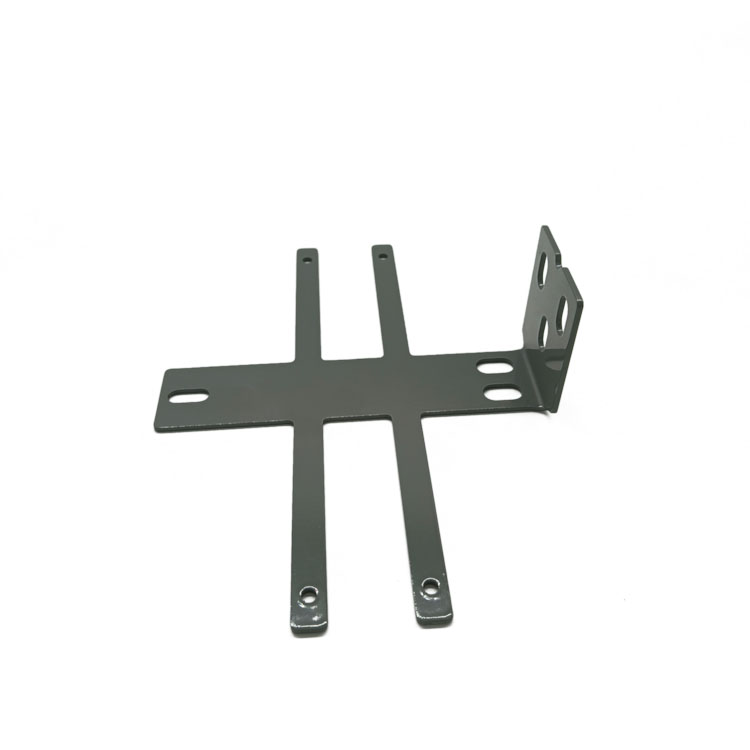Factors affecting galvanizing. In the actual production process, common factors affecting the speed and quality of galvanizing are:
(1) Incomplete pretreatment
There is an oxide film on the surface of the workpiece, which affects the normal deposition of zinc.
(2) Poor conductivity
The current is consumed on the wire, and the current distributed to the surface of the workpiece is too small.
(3) The carbon content of the workpiece is high
High carbon steel, cast iron parts, etc. will reduce the hydrogen precipitation potential, accelerate hydrogen precipitation on the surface of the workpiece, and reduce the current efficiency.
(4) The workpiece is tied too densely
During galvanizing, the workpiece is partially shielded, resulting in a thin coating.
(5) The plating solution temperature is low
When the plating solution temperature is low, the distributed current density is correspondingly reduced, and the deposition speed of the coating is inevitably reduced.
(6) The sodium hydroxide content in the plating solution is high
When the sodium hydroxide content is high, the current efficiency is correspondingly reduced.
(7) The additive content in the plating solution is low
A low additive content will affect the dispersion ability, and the coating will appear too thin in some parts.
(8) The area of the plated part is under-estimated, and the current density distributed during plating appears to be too small.
(9) The workpiece suspension method is improper, and the distance between the workpiece and the zinc anode is too large. The position should be adjusted.
(10) Over-corrosion of the workpiece
Reducing the hydrogen deposition potential, hydrogen deposition on the workpiece surface accelerates the current efficiency, thereby affecting the zinc deposition rate. An appropriate amount of corrosion inhibitor should be added to the pickling solution. If the oxide scale is too thick in some places, it should be removed mechanically first, and more inspections should be carried out during the pickling process.
(11) Anode passivation
The effective area is reduced, affecting the normal distribution of current.
(12) Low sodium hydroxide content
If the sodium hydroxide content is low, the current density cannot be increased, and the anode is passivated.
- Xisanli Village,Nanpi County, Cangzhou City, Hebei Province, China






